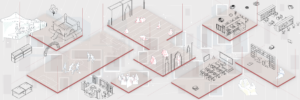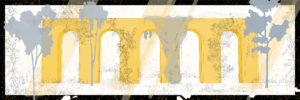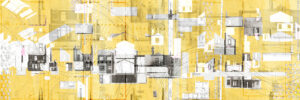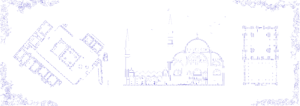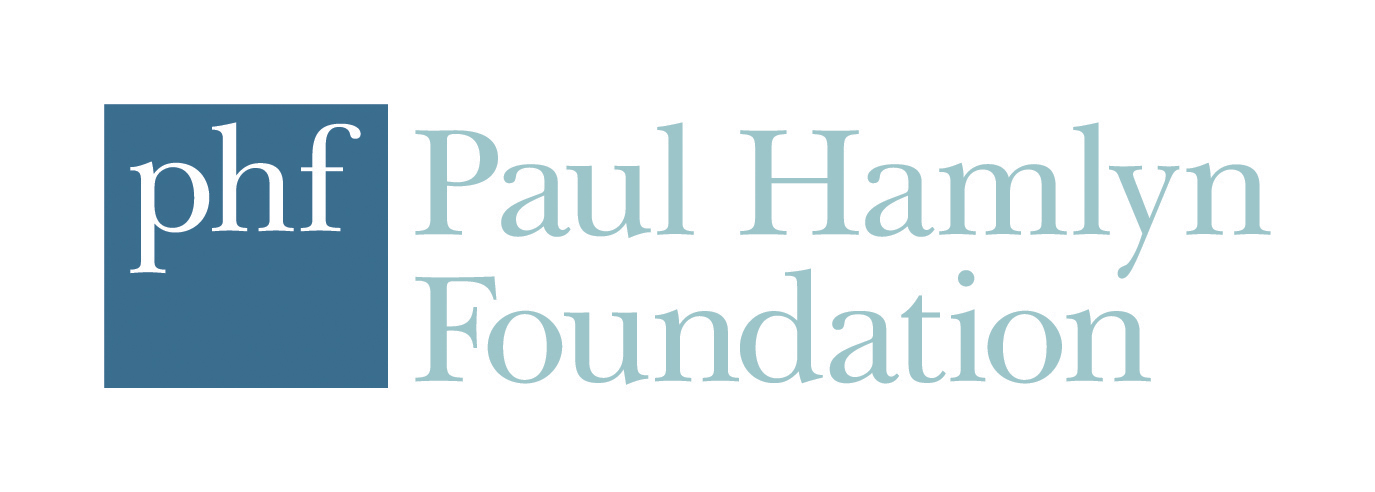Architectural psychology
Mosques as a place to meet community needs
The design of mosques, like many other community serving spaces, is inextricably linked to the needs of the community it serves. For mosques in the UK, their design tells a powerful history of migration, learning, and community building. The migration of Muslim communities from countries like India, Pakistan, Somalia, Turkey, and many more has driven the need for a place of communal worship. Many of the mosques set up by immigrant communities aren’t purpose-built, instead they serve particular needs of the community, namely; having a place to pray (both individually and in congregation), a space to hold Islamic gatherings (halaqas, Eid prayer, taraweeh, etc). But what if we expanded the UK mosque to be a space that fulfils all the needs of the Muslim community in the UK?
If we look at this in more detail by using Maslow’s Hierarchy of Needs, we can begin to understand how we can begin to look at the ways in which mosques can fulfil all the needs of the communities they serve. As the Muslim population in the country expands and many more younger people attend mosques and are looking to mosques to provide a third space, what are the considerations a mosque needs to make to ensure they meet the changing needs of the community it serves?
Maslow’s Hierarchy of Needs
Maslow’s Hierarchy of Needs has been used as a tool to not only understand human needs but also to help us cater for the needs identified. Many people have looked at how Islam (the Quran and Sunnah) overlaps with the hierarchy of needs, proving that an adoption of. Additionally, there is a growing movement to apply the hierarchy of needs to buildings and the built environment. The idea is that there are some more ‘basic’ needs, such as physiological and safety, that need to be fulfilled before other needs, such as social and esteem, can be fulfilled. Currently, most mosques in the UK fulfil the first three; physiological, safety, and belonging. But the design of mosques does not have to stop there, esteem and self-actualisation, the two last needs on the pyramid can be achieved. Mosques are a place of religious worship first and foremost, however, there is space for mosques to be cultural and beautiful as well as serving an important religious role.
More than just a space to pray
Mosques should be a cultural hub for Muslims as well as being a point of Islamic gathering or education. Some mosques, such as the East London Mosque (ELM), have successfully made a hub for Muslims to pray, learn, and gather. This has been achieved by both fostering a community and ensuring ‘outsiders’ (people who aren’t a part of the community) are aware of its existence. By ensuring inter-community relations with other communities in the area and having a public image, mosques like ELM can appeal to Muslims outside their immediate area. ELM is currently one of the most attended mosques in the UK and pulls Muslims from all over London to attend Eid and taraweeh prayers. Similarly, London Central Mosque and Islamic Centre, one of the first purpose-built mosques in the UK, is a hub for Muslims living and working in the city.
There is an obvious appeal to mosques that not only provide a space to pray but actively meet the needs of their communities. Fostering a community and investing in their wellbeing and life outside of the mosque is extremely important in building and maintaining resilient communities. Having a space you are proud to pray in, whether that means visually improving the building or increasing their public profile, is important and should be a priority for mosques in the UK. Only by understanding community needs can we ensure mosques, whether they are purpose-built or not, can play an active role in the lives of British Muslims today.
References
https://www.architectsjournal.co.uk/archive/a-history-of-mosques-in-britain
http://mallorybaches.com/discuss/2016/1/26/hierarchy-of-needs
https://www.ourmigrationstory.org.uk/oms/the-east-london-mosque
https://artsandculture.google.com/story/the-british-mosque-historic-england/AQXh7n2wOBoHLg?hl=en-GB
http://tojdac.org/tojdac/VOLUME7-APRLSPCL_files/tojdac_v070ASE153.pdf




